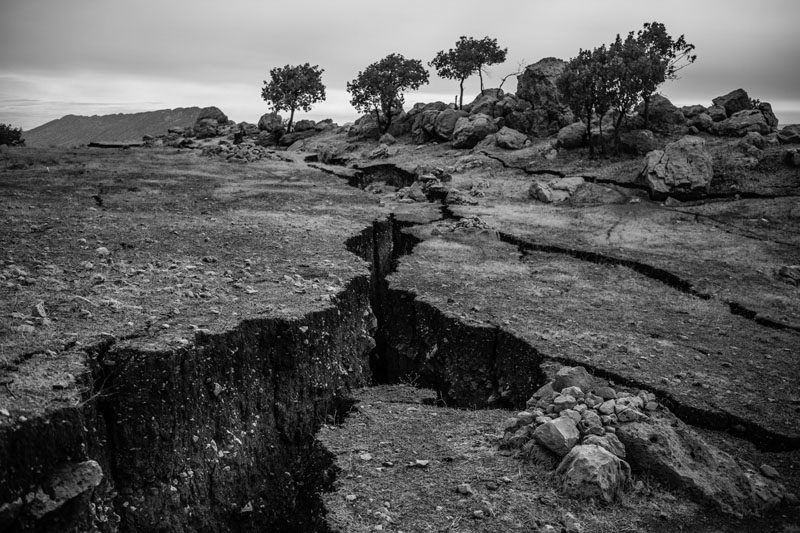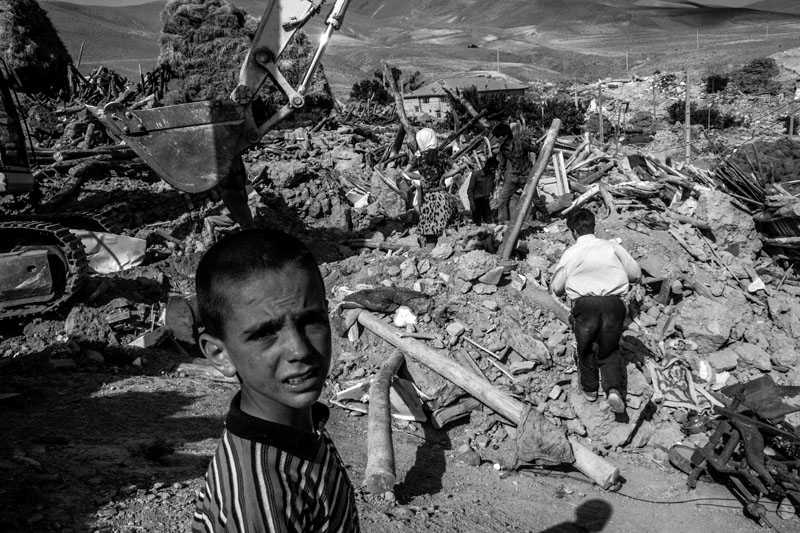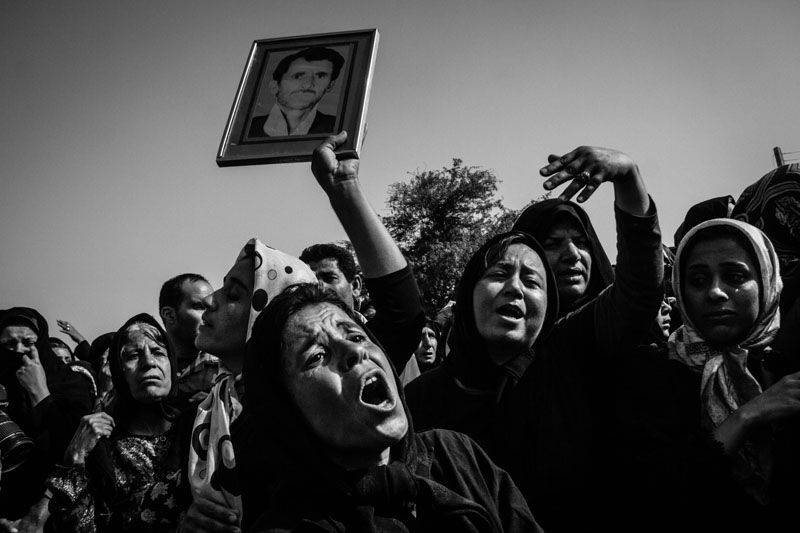Iran is one of the countries in the world with the highest possibility of experiencing earthquakes and it has 24 active faults and at least 90% of the country is located on the quake line.
Iran has experienced strong quakes and high damages during times and most of the world's quake victims have died in Iran. The reasons for earthquake's high damages and tolls in Iran are the people's poverty, weak infrastructures and large number of people living in dangerous regions.Different earthquakes with different ranges have hit Iran in the past 15 years, including the 6.5-richter earthquake in Bam in 2003 which killed over 30,000 people, the 6.4-richter earthquake in Azarbaijan in 2012 which killed 306 people and the 7.3-richter earthquake in Kermanshah in 2017 which killed 620 people.
Despite the large number of earthquakes which leave abundant damages and tolls in Iran, the people and officials have always been warned of the danger of occurring strong quakes in big cities. Tehran is the fifth most dangerous city in the world that has experienced a big quake every 150 years and has destroyed people's infrastructures and life. Now, considering the fact that 180 years have passed since the last earthquake in Tehran, there is a high possibility for vast destructions in the city given the lack of plan and improper infrastructures. Experts predict killing of millions of people in any possible strong quake in Tehran which can turn into a catastrophe in Iran's history.At present and after the strong 7.3-richter quake in Kermanshah in 2017 and the changes in Iran's plateau, experts have raised the possibility of stronger quakes in the country; an earthquake prone country which is not sufficiently prepared to face bigger earthquakes.
'Life after Shock' displays people's life after experiencing three big quakes in Iran (Azarbaijan, 2012, Bushehr, 2013, and Kermanshah, 2017) and shows how they haven't taken seriously the danger of quake in their life despite being aware of the fact that their country and city is prone to earthquake and they face the shock of this incident suddenly.
A big shock which affects people's spirit, disrupts people's normal life and decreases significantly decreases their control over their behavior, others and their surroundings. Long time is needed for people to pass the crisis since its start. Houses are built again but people always live with the fear of an earthquake which will possibly occur again.











































